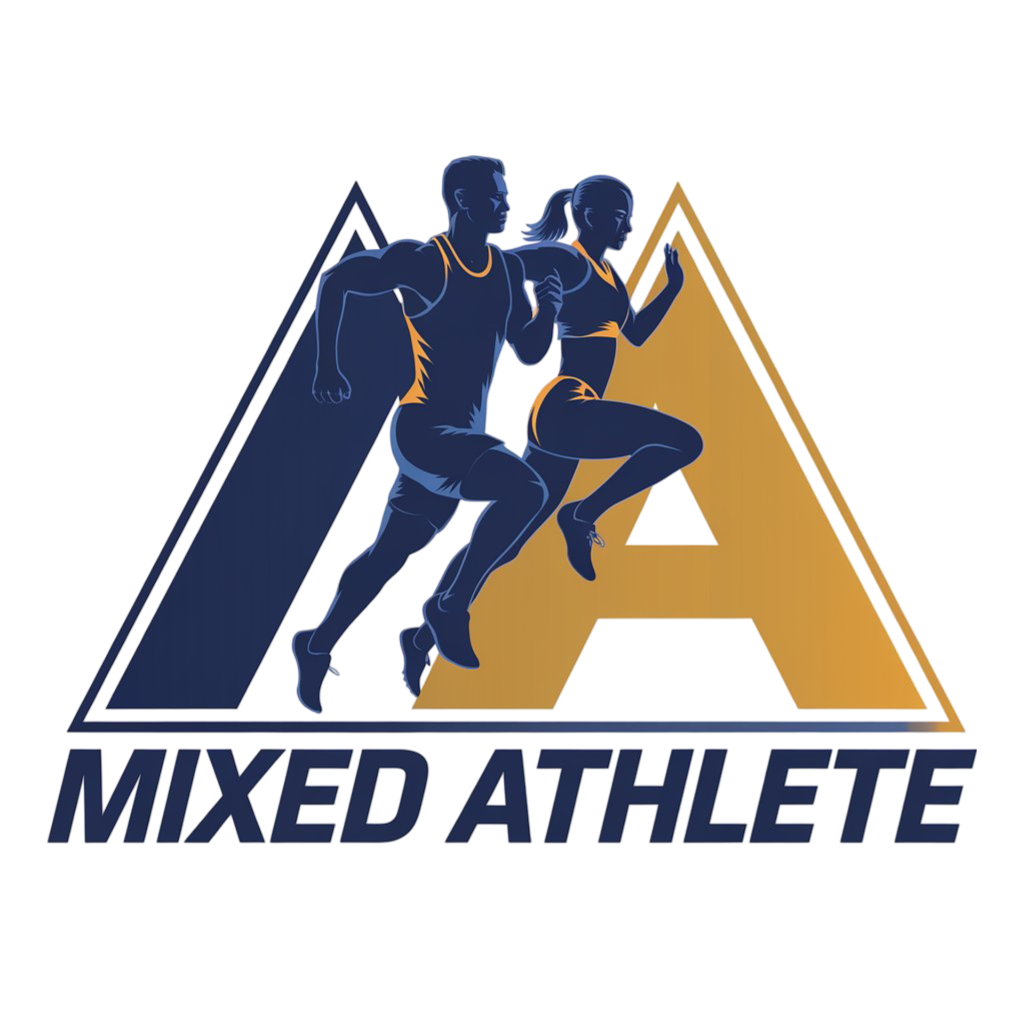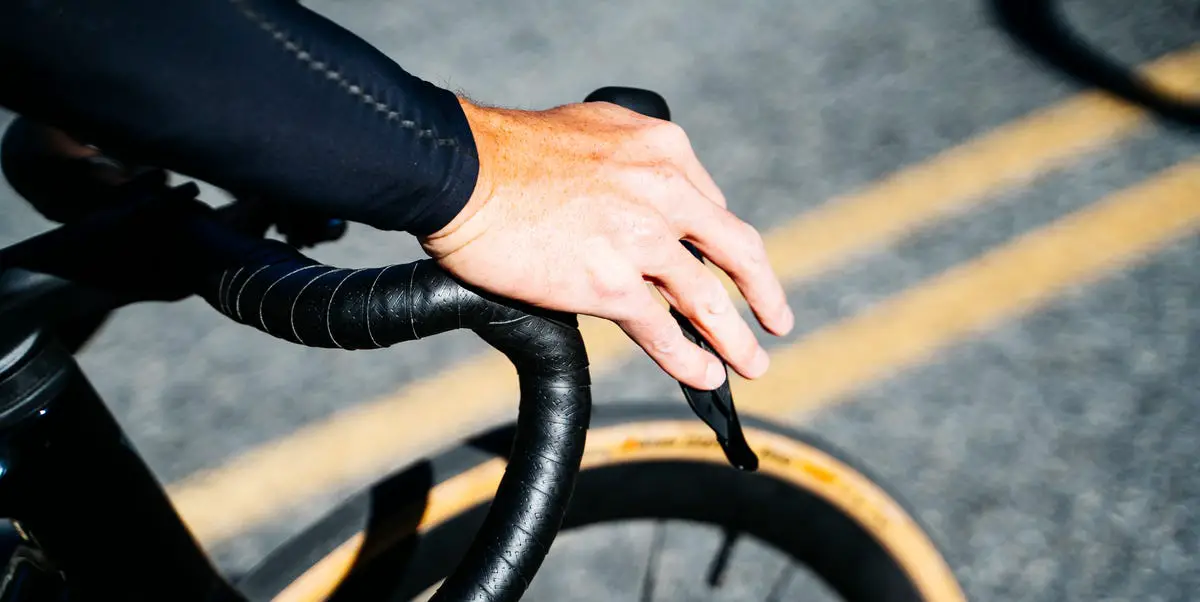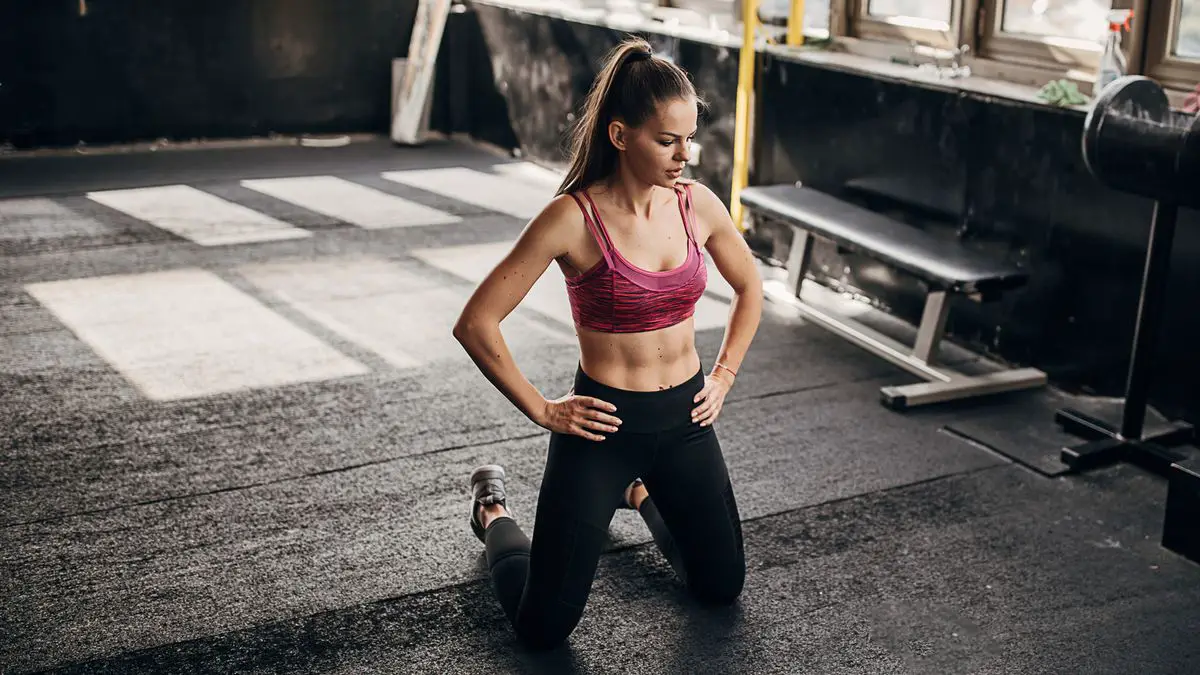Diagnosing the cause of hand numbness can often resemble the hunt for the source of an elusive click or rattle coming from our bikes—it can have a myriad of possible causes that can only be tracked down through a process of elimination.
Often, we try to solve hand numbness by wearing cycling gloves or trying different bar tape or grips. If that doesn’t work, we might test a different handlebar width or get a more in-depth bike fit.
While any of these options can ultimately fix the issue, they are all missing an often-overlooked factor that could be the source of numbness and tingling in your hands while riding: your neck.
In the age of “tech neck”—a condition of stress or pain in the neck caused by a forward head position and rounded shoulders from looking at phones and devices all day—many of us spend too much time in this compromised posture, which can lead to muscle imbalances.
“To keep it simple, the muscles that are on the front side of the neck—the ones responsible for flexing the neck—become stretched, and the muscles in the back of the neck—the ones responsible for extending the neck—become tight,” explains Joe Yoon, C.P.T., L.M.T., author of Better Stretching: 9 Minutes a Day to Greater Flexibility, Less Pain, and Improved Performance.
The scalenes are a group of three muscles that run vertically along the side of the neck. If they are tight, he says, it can have a direct effect on the network of nerves that pass through them, the brachial plexus. This network is responsible for the nerves that run down your arm, so if you’re experiencing hand numbness, it could be traced all the way back to a tight neck.
“Tightness or a knot in those muscles can compress the nerves that go to the hand, causing numbness or tingling in the fingertips,” explains Natacha Vidal, L.M.T., CEO of Phila Massages in Philadelphia. “Addressing trigger points, more commonly known as ‘muscle knots,’ with massage, self-massage, and stretching can help release compressed nerves and decrease or completely get rid of numbness or tingling,” she says.
To alleviate tightness and knots in the scalenes, the three-pronged approach of stretching, self-massage, and strengthening the deep neck flexor muscles can correct forward head posture. “Often, the best results come from a combination of these techniques,” says Vidal.
The Best Stretches to Relieve a Tight Neck
Here are three exercises you can do to stretch, massage, and strengthen your neck muscles to banish hand numbness for good. You will need a chair and a massage ball. You can use whatever you have on hand such as a lacrosse ball, a baseball, an Acumobility Ball, or even just your fingertips.
1. Scalene Stretch

- Start seated in a chair with good posture.
- Place right fingertips on left side of head.
- Look up, and using right hand, gently guide neck to the right as though dropping right ear to right shoulder. You should feel a stretch in the left side of neck.
- Hold this stretch for 20-30 seconds.
- Repeat on the other side.
2. Scalene Trigger Point Release

After you have stretched your scalenes, move on to trigger point therapy, which is a form of self massage. This technique involves the application of gentle, sustained pressure to tight muscles or muscle knots.
- Start by locating the scalenes by looking up, bending head to the side, and feeling for the muscles protruding out the side of the neck with hand. (The muscles you’re looking for are the same ones in which you felt the stretch earlier.)
- Feel along the length of this muscle for areas of tenderness or tension. When you find one of these areas, use a ball or even pressure from fingertips to gently compress the area.
- Maintain this pressure on the tender spots for 20-30 seconds.
- Repeat on the other side.
3. Deep Neck Flexor Hold
Once you have gotten the scalene muscles to relax, it’s time to work on strengthening the muscles that run vertically next to your windpipe known as the deep neck flexors. Strengthening these muscles will help alleviate tight scalenes by correcting head posture.
“Since the neck flexors are always in a stretched position, it’s a great idea to strengthen those muscles to help mitigate the effects of forward head posture,” says Yoon.
- Lie faceup with knees bent, neck relaxed and chin tucked as though you were trying to give yourself a double chin. Try to completely straighten the back of neck and press it into the floor.
- From this position, gently apply pressure to push head and neck into the floor. You should feel this in the musculature on either side of the windpipe, the deep neck flexors.
- Hold this pressure for 30 seconds.
- Release and repeat for 5 sets.
Natascha Grief is Bicycling’s Health & Fitness Editor. She started out as a bike mechanic,earning a couple pro-mechanic certifications and her USA Cycling Race Mechanics license. Then, she became obsessed with framebuilding and landed an apprenticeship with framebuilder Brent Steelman in her hometown of Redwood City, California. After that, she spent several years working for both large and not-so-large cycling brands before switching gears to become a NASM certified personal trainer, specializing in corrective exercise and body positive personal training. She honed her skills as a trainer and coach for over a decade before launching Inner Shift Fitness. During 2020, she began contributing regularly to Runner’s World and Bicycling as a freelance writer. She joined the editorial staff of Bicycling in 2022.





